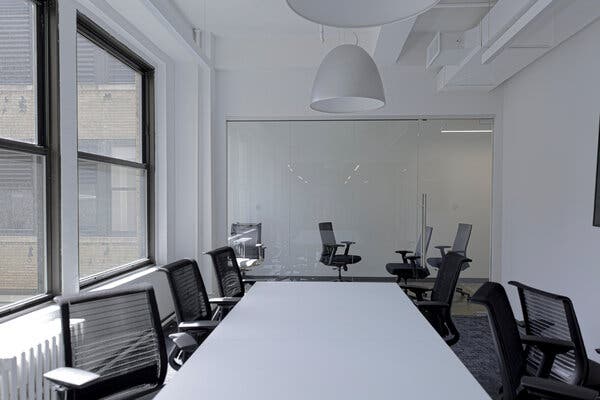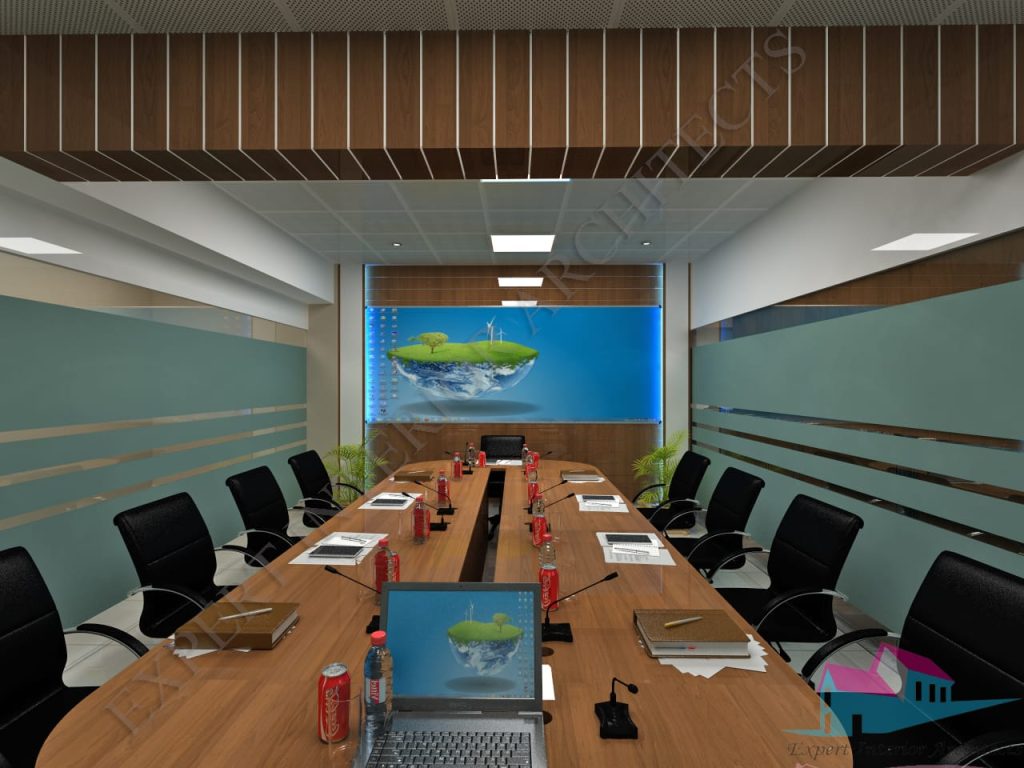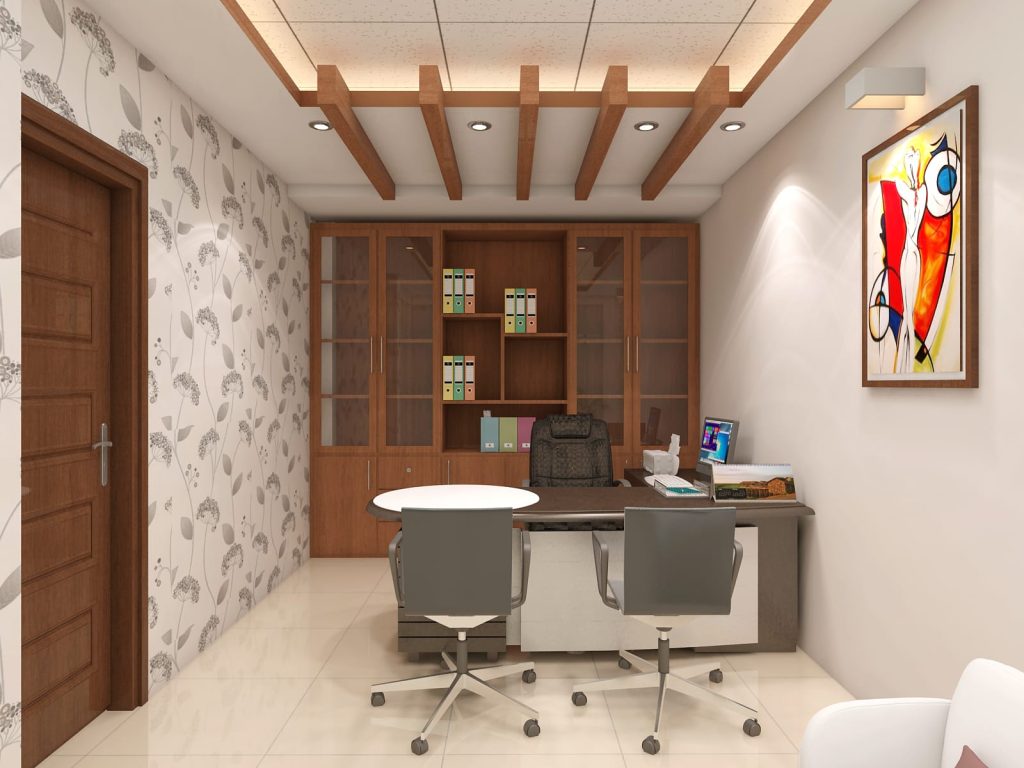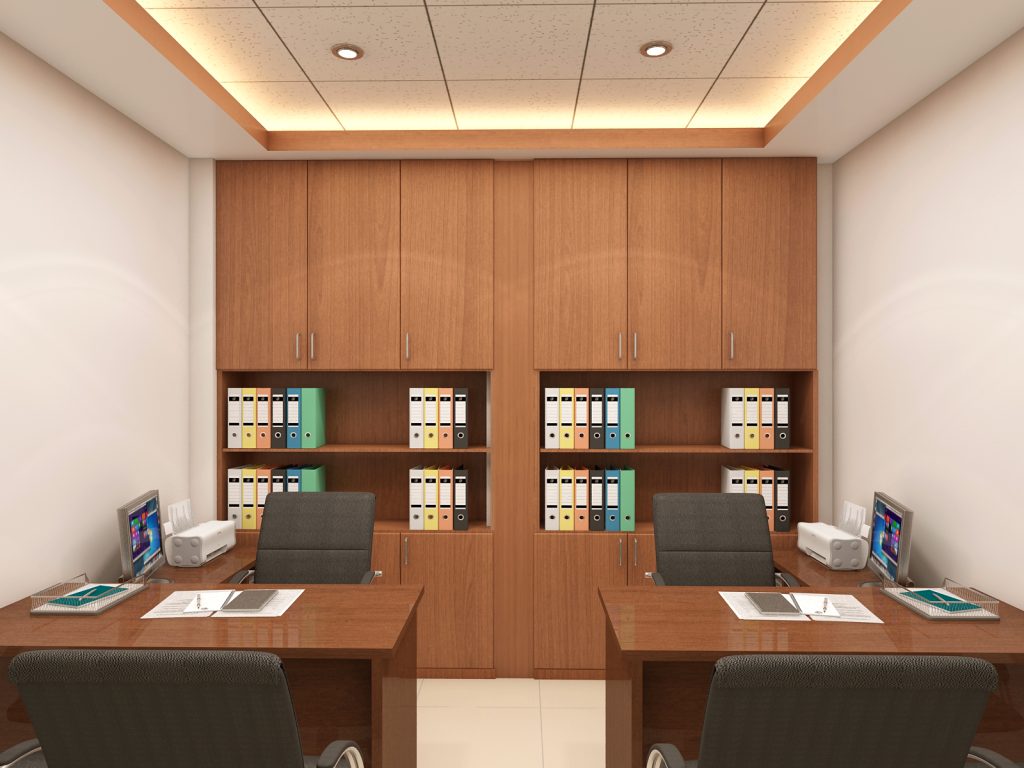Open offices encourage collaboration while cubicles provide privacy and focus. Both options have their pros and cons.
Open offices promote teamwork, communication, and creativity, but can be noisy and distracting. On the other hand, cubicles offer privacy and concentration, however, they may hinder collaboration and restrict social interaction. The decision between the two depends on the company’s culture, the nature of the work, and the preferences of the employees.
Introducing an effective workspace setup is crucial for any organization. One important aspect to consider is whether to implement an open office or cubicle environment. While open offices foster collaboration, creativity, and communication among employees, cubicles offer privacy and individual focus. Each option has its advantages and drawbacks. Open offices can stimulate teamwork but may also create noise and distractions, while cubicles provide a secluded setting for concentration but can hinder collaboration and social interaction. Before making a decision, companies should assess their culture, work requirements, and employee preferences. A well-informed choice will contribute to a productive and harmonious work environment.
Pros And Cons Of Open Office Spaces
| Pros of Open Office Spaces | Cons of Open Office Spaces |
| – Increased collaboration opportunities: Open office spaces foster teamwork and encourage employees to interact and share ideas more freely. – Improved communication: With fewer barriers, communication among colleagues becomes easier and more efficient. – Flexibility and adaptability in workspace design: Open office layouts can be easily rearranged to accommodate changing needs and preferences. | – Noise and distraction concerns: Open office spaces tend to be noisier and more prone to interruptions, which can affect concentration and productivity. – Lack of privacy and personal space: Employees may feel exposed and uncomfortable without the privacy or personal space that cubicles provide. |
In open office spaces, collaboration opportunities and improved communication are notable advantages. They allow for greater teamwork and efficiency in sharing ideas without the barriers of cubicles. The flexibility and adaptability of open office design enable easy rearrangements to cater to changing needs. However, the drawbacks of open office spaces include noise and distraction concerns, which can negatively impact focus and productivity. Additionally, the lack of privacy and personal space in open office layouts may leave employees feeling exposed and uncomfortable. Despite the benefits, it’s important for businesses to consider these potential challenges when deciding between open office spaces and cubicles.
Pros And Cons Of Cubicles
| Pros | Cons |
| – Enhanced privacy – Reduced distractions – Personalization and ownership of workspace | – Limited collaboration and communication – Isolation and lack of natural light |
Cubicles offer enhanced privacy compared to an open office layout, allowing employees to focus and work without interruptions. The partitions between cubicles contribute to reduced distractions, enabling individuals to concentrate on their tasks.
Moreover, cubicles also provide the opportunity for personalization and ownership of the workspace. Employees can decorate their cubicles in a way that reflects their personality, fostering a sense of comfort and belonging.
However, cubicles have their drawbacks. The limited collaboration and communication within cubicle walls hinder spontaneous interactions and impede teamwork. The physical barriers can isolate employees, leading to a lack of natural light and limited exposure to outside views.
When considering whether to implement cubicles or an open office plan, weighing the advantages and disadvantages is crucial in determining which option aligns best with the company’s goals and employee needs.
Factors To Consider When Choosing Between Open Office Spaces And Cubicles
Factors to Consider When Choosing Between Open Office Spaces and Cubicles
When deciding between open office spaces and cubicles, it is important to consider the nature of work and job roles within your organization. Certain tasks may require more privacy and concentration, making cubicles a better choice. On the other hand, collaborative work and teamwork may thrive in an open office environment. Another crucial factor to consider is employee preferences and work style. Some individuals may prefer the privacy and focus provided by cubicles, while others may thrive in the energy and collaboration of open office spaces. Taking into account the preferences and work-style diversity within your team can help create a conducive work environment. The company culture and values should also be considered when deciding between open office spaces and cubicles. If your organization promotes transparency, communication, and teamwork, an open office layout might align better with these values. However, if your company values privacy, individual focus, and concentration, a cubicle layout may be more appropriate. Consider the impact of the office layout on productivity and performance metrics. Open office spaces may enhance collaboration, idea-sharing, and innovation. On the other hand, noise and distractions can hinder concentration and lower productivity. Cubicles offer a more controlled environment, reducing distractions but potentially limiting collaboration. Analyzing your team’s specific needs and performance metrics can help guide your decision. Lastly, cost considerations play a significant role. Open office spaces generally require less construction and furniture costs compared to cubicles. However, maintenance costs, noise-cancelling measures, and potential productivity drawbacks should be factored in. Cubicles may involve higher initial investment but can provide a more customizable and private work environment, potentially leading to improved productivity.
When choosing between open office spaces and cubicles, it is crucial to carefully evaluate the nature of work, job roles, employee preferences, company culture, productivity metrics, and cost considerations. A well-informed decision can create a workplace that optimizes both employee satisfaction and organizational productivity.
Strategies For Enhancing Open Office Spaces
When comparing open office spaces to cubicles, there are several strategies that can be implemented to enhance the effectiveness and productivity of open office environments. Utilizing designated quiet zones ensures that employees have a dedicated area for focused work and concentration.
Implementing adjustable partitions or dividers can provide employees with privacy when needed, while still maintaining the open and collaborative nature of the office space. This allows individuals to control their environment and create a space that suits their needs.
Incorporating comfortable and ergonomic furniture is crucial in ensuring the well-being and comfort of employees. Ergonomic chairs and desks can help reduce strain and fatigue, leading to increased productivity and overall satisfaction.
Establishing communication guidelines and protocols is essential in open office spaces to maintain clear and effective communication. This can include guidelines on when and how to approach colleagues, the use of messaging platforms for non-urgent communication, and designated meeting areas for more in-depth discussions.
Strategies For Improving Cubicles
To enhance the functionality and productivity of cubicle layouts, there are several strategies that can be implemented. Firstly, incorporating collaborative spaces within the cubicle layout is crucial. By integrating common areas or meeting rooms adjacent to cubicles, employees have the opportunity for impromptu discussions and collaborations.
Secondly, creating opportunities for face-to-face interactions within cubicles is essential. This can be achieved by using transparent or low-rise partitions that allow for easy communication between colleagues. In addition, incorporating breakout areas or lounges within the cubicle area can encourage socialization and teamwork.
Moreover, introducing greenery and natural elements into the cubicle space can have a positive impact on employee well-being and productivity. Plants not only improve air quality but also add aesthetic value, reducing stress and enhancing creativity.
Furthermore, enhancing lighting and ventilation in cubicle areas can greatly improve the overall working environment. Natural light and good airflow contribute to a sense of well-being and can lead to increased concentration and focus.

Credit: www.bostonglobe.com
Case Studies: Successful Implementations Of Open Office Spaces And Cubicles
Case Studies: Successful Implementations of Open Office Spaces and Cubicles
The tech industry has witnessed numerous examples of open office environments fostering innovation. Companies like Google, Facebook, and Apple have embraced open office layouts to encourage collaboration and creativity among their employees. These spaces are designed with flexible furniture arrangements, colorful decor, and shared work areas to facilitate interaction and idea sharing. Employees benefit from the increased communication and transparency that open office spaces offer, leading to more efficient problem-solving and enhanced teamwork.
On the other hand, professional services companies such as law firms and accounting agencies have found effective cubicle setups crucial for their focused work. Cubicles provide privacy and minimized distractions essential for detailed analysis, client confidentiality, and concentration. These setups typically include modular workstations, ergonomic furniture, and soundproofing materials to create a productive and professional environment. Employees in cubicles are able to concentrate on their tasks without interruptions, ensuring accuracy and quality in their work.
Both open office spaces and cubicles have their strengths and are suitable for different work scenarios. Organizations need to assess their specific requirements and culture to determine the most appropriate setup to optimize productivity and employee satisfaction.
Tips For Transitioning Between Open Office Spaces And Cubicles
Tips for Transitioning Between Open Office Spaces and Cubicles:
To effectively transition between open office spaces and cubicles, it is crucial to conduct employee surveys and gather feedback. This will provide valuable insights into employees’ preferences and help tailor the transition plan accordingly. Implementing gradual changes and piloting new workspace layouts can also ease the transition process. By starting with a small group or department, it allows for adjustments and refinement before the plan is implemented company-wide. Furthermore, providing training and support for adapting to new environments is essential. This can include workshops or online resources to help employees navigate the different workspace dynamics and promote productivity and collaboration.
Frequently Asked Questions For Open Office Vs. Cubicles
What Are The Advantages Of An Open Office Design?
An open office design promotes collaboration, encourages communication among employees, and fosters a sense of community. It allows for easy exchange of ideas, enhances teamwork, and creates a more inclusive and dynamic work environment.
What Are The Benefits Of Cubicles?
Cubicles offer privacy, reduce distractions, and provide employees with their own personal workspace. They create a sense of ownership and control, allowing individuals to customize their space and focus on their tasks. Cubicles also provide a quiet environment for concentrated work.
Which Option Is Better For Employee Productivity: Open Office Or Cubicles?
Both open office and cubicle setups have their own advantages and disadvantages in terms of productivity. While open offices enhance collaboration and communication, cubicles offer privacy and reduce distractions. The better option depends on the nature of the work and preferences of the employees.
How Can Open Offices Affect Employee Well-being?
Open offices can impact employee well-being in several ways. Noise and lack of privacy can cause stress and decrease concentration. However, open spaces can also facilitate social interaction, encourage movement, and provide a more energetic and vibrant work environment, promoting well-being through increased socialization.
Conclusion
Ultimately, the choice between an open office and cubicles depends on the specific needs and preferences of your organization. While open offices promote communication and collaboration, cubicles provide privacy and concentration. It’s important to consider factors such as company culture, nature of the work, and employee satisfaction.
By analyzing these factors, you can make an informed decision that fosters productivity and success in the workplace.



